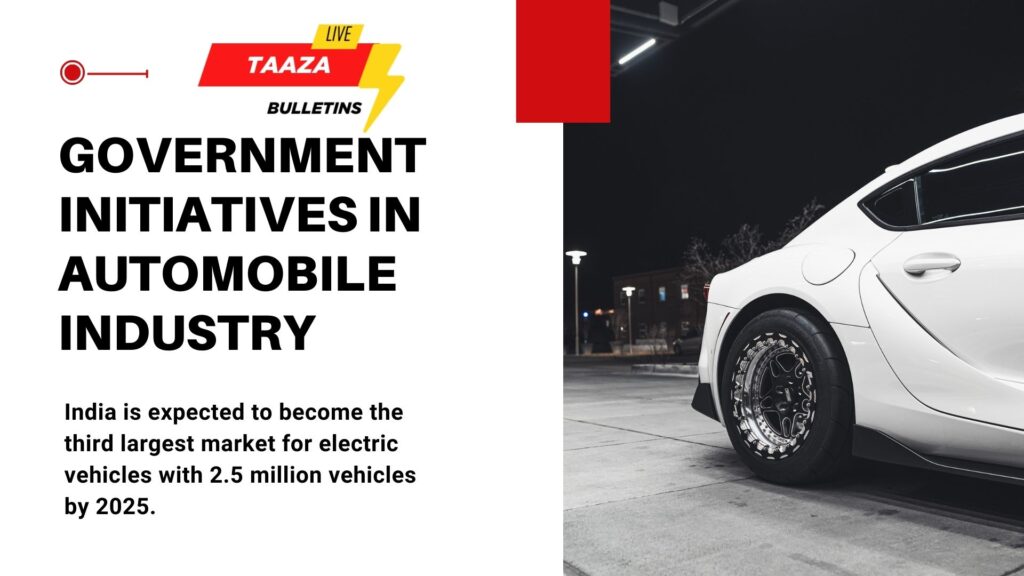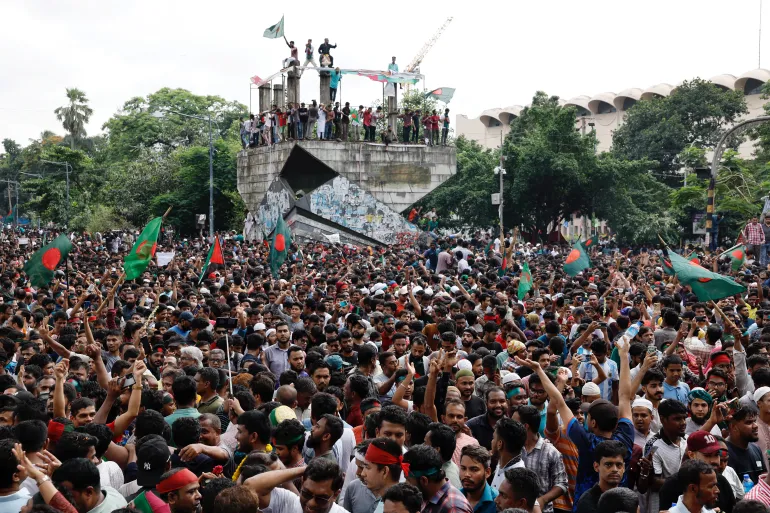Indian Railways Tatkal booking rules changing from July 1: All you need to know
Indian Railways Fare Hike and Ticketing Changes from July 1, 2025: What You Need to Know
Indian Railways is set to implement a fare hike and major ticketing reforms starting July 1, 2025, affecting long-distance train travelers. From increased fares to stricter Tatkal booking rules and a modernized reservation system, here’s everything you need to plan your journey effectively.
Overview of Changes
Starting July 1, 2025, Indian Railways will introduce a modest fare hike for long-distance trains, alongside significant updates to its ticketing system. These changes include preparing reservation charts earlier, mandating Aadhaar authentication for Tatkal bookings, and rolling out a new Passenger Reservation System (PRS) by December 2025. Aimed at improving passenger convenience and transparency, these reforms will impact millions of travelers. Whether you’re a frequent commuter or an occasional traveler, understanding these updates is crucial for budgeting and booking your next train journey.
Fare Hike Details
Indian Railways has announced its first fare hike since 2022, effective from July 1, 2025, targeting second-class passengers on long-distance trains. The increase is minimal, with a maximum hike of 2 paise per kilometer, making it one of the lowest revisions in over a decade. Tickets booked before July 1, 2025, will not be subject to the new rates, offering a brief window to secure current fares. Importantly, reservation fees, superfast surcharges, suburban train fares, and Monthly Season Tickets (MSTs) remain unchanged, providing relief to daily commuters.
Revised Fare Structure
Here’s a breakdown of the fare increases across different train types and classes:
| Train Type/Class | Fare Hike |
|---|---|
| Second Class Ordinary (501–1500 km) | ₹5 increase |
| Second Class Ordinary (1501–2500 km) | ₹10 increase |
| Second Class Ordinary (2501–3000 km) | ₹15 increase |
| Sleeper Class Ordinary | 0.5 paise per km |
| First Class Ordinary | 0.5 paise per km |
| Second Class (Mail/Express) | 1 paisa per km |
| Sleeper Class (Mail/Express) | 1 paisa per km |
| First Class (Mail/Express) | 1 paisa per km |
| AC Chair Car | 2 paise per km |
| AC 3-Tier/3E | 2 paise per km |
| AC 2-Tier | 2 paise per km |
| AC First Class/EC/EA | 2 paise per km |
Premium trains like Rajdhani, Shatabdi, Duronto, Vande Bharat, and AC Vistadome coaches will also see fare increases as per the above table. Suburban trains and second-class travel up to 500 km are exempt, ensuring affordability for short-distance commuters. The fare hike is expected to generate an additional ₹1,500 crore in passenger revenue, which will fund improved amenities and infrastructure.
Impact on Travelers
For a 1,000-km journey, non-AC second-class travelers will pay an extra ₹10, while AC 3-tier passengers will see an increase of ₹20. While the hike is modest, frequent long-distance travelers may feel the cumulative effect. Budget-conscious passengers should consider booking before July 1, 2025, to lock in current fares or opt for shorter routes under 500 km to avoid the increase. The unchanged MST and suburban fares are a relief for daily commuters in urban areas like Mumbai and Delhi.
Reservation Chart Changes
Starting July 1, 2025, Indian Railways will prepare reservation charts for long-distance trains eight hours before departure, up from the current four hours. For trains departing before 2:00 PM, charts will be finalized by 9:00 PM the previous day. This change, already piloted in the Bikaner Division, aims to reduce uncertainty for waitlisted passengers, giving them more time to plan alternatives if tickets remain unconfirmed. For example, travelers from remote areas can better coordinate their journey to the station, reducing last-minute stress. This reform enhances transparency and convenience, especially for those relying on waitlist confirmations.
Benefits for Passengers
The earlier chart preparation benefits waitlisted passengers by providing clarity sooner, allowing time to arrange bus services, flights, or other trains if needed. It’s particularly helpful for those traveling from rural areas or city outskirts, where last-minute cancellations can disrupt plans. Passengers can check chart status via the IRCTC website or app, ensuring a smoother travel planning experience.
Tatkal Booking Updates
Indian Railways is tightening Tatkal booking rules to curb misuse and ensure genuine travelers get priority. From July 1, 2025, only users with verified Aadhaar authentication will be able to book Tatkal tickets through the IRCTC website or mobile app. Starting July 15, 2025, an additional OTP-based authentication (linked to Aadhaar or other government IDs via DigiLocker) will be mandatory during the booking process. Authorized agents are barred from booking Tatkal tickets during the first 30 minutes of the booking window (10:00–10:30 AM for AC classes, 11:00–11:30 AM for non-AC classes) to prevent hoarding. These changes aim to make Tatkal bookings fairer and more transparent.
Tatkal Booking Tips
To secure Tatkal tickets:
- Link your Aadhaar or DigiLocker ID to your IRCTC account before July 1, 2025.
- Log in 5–10 minutes before the booking window (10:00 AM for AC, 11:00 AM for non-AC).
- Use a fast internet connection and pre-fill passenger details to speed up the process.
- Check ticket availability on platforms like redRail or ixigo, which offer confirmation probability tools.
- Note that confirmed Tatkal tickets are non-refunded, but waitlisted tickets can be canceled up to 30 minutes before departure with a partial refund.
These measures reduce fraudulent bookings but may require extra setup for first-time users. Ensure your IRCTC profile is updated to avoid last-minute issues.
New Passenger Reservation System (PRS)
By December 2025, Indian Railways will launch a modernized Passenger Reservation System (PRS), developed by the Centre for Railway Information Systems (CRIS). The new PRS will handle over 1.5 lakh ticket bookings per minute, a fivefold increase from the current 32,000, and support 4 million ticket inquiries per minute, up from 400,000. Key features include:
- Multilingual, user-friendly interface for non-English speakers.
- Seat preference selection and fare calendar for better planning.
- Integrated support for Divyangjan, students, and patients, ensuring inclusivity.
This upgrade will make booking faster and more accessible, especially during peak travel seasons like Diwali or summer vacations, reducing server crashes and wait times.
Pros and Cons of the Changes
Pros
- Minimal fare hike (1–2 paise/km) keeps travel affordable for most.
- No fare increase for suburban trains, MSTs, or journeys up to 500 km.
- Earlier reservation charts (8 hours) reduce waitlist uncertainty.
- Aadhaar-based Tatkal authentication ensures fairer access for genuine travelers.
- New PRS will handle 1.5 lakh bookings per minute, improving efficiency.
- Multilingual PRS and inclusive features cater to diverse passengers.
Cons
- Fare hike, though small, may impact frequent long-distance travelers.
- Mandatory Aadhaar for Tatkal bookings may inconvenience users without Aadhaar or DigiLocker.
- Non-refunded confirmed Tatkal tickets could deter last-minute cancellations.
- PRS upgrade delayed until December 2025, leaving current system limitations in place.
Who Will Be Affected?
Long-Distance Travelers: The fare hike applies to journeys over 500 km, impacting those traveling on Mail/Express, Rajdhani, Shatabdi, Duronto, Vande Bharat, and AC Vistadome trains. Budget travelers should book before July 1, 2025, to avoid the increase.
Tatkal Users: Last-minute travelers must link Aadhaar to IRCTC accounts and prepare for OTP verification, adding a step but ensuring fairer access.
Waitlisted Passengers: The 8-hour chart preparation benefits those on waitlists, especially from remote areas, by providing earlier confirmation status.
Daily Commuters: Suburban and MST users are unaffected by fare changes, maintaining affordability for urban commuters.
Tech-Savvy Users: The new PRS will enhance the booking experience for online users, particularly during high-demand periods.
Should You Adjust Your Travel Plans?
The fare hike is modest, adding only ₹5–15 for most long-distance journeys, so it’s unlikely to significantly disrupt budgets. However, booking tickets before July 1, 2025, can save you the extra cost. For Tatkal users, setting up Aadhaar authentication now will streamline bookings after July 1. The earlier reservation charts are a major plus for waitlisted passengers, offering more time to pivot if needed. The upcoming PRS upgrade promises a smoother experience, but until December 2025, expect occasional slowdowns during peak booking times. If you’re a frequent traveler, consider platforms like redRail or ixigo for faster Tatkal bookings, and check refund policies carefully, as confirmed Tatkal tickets are non-refunded. Overall, these changes prioritize convenience and fairness, making Indian Railways a more reliable option for millions.
Source: Mint




